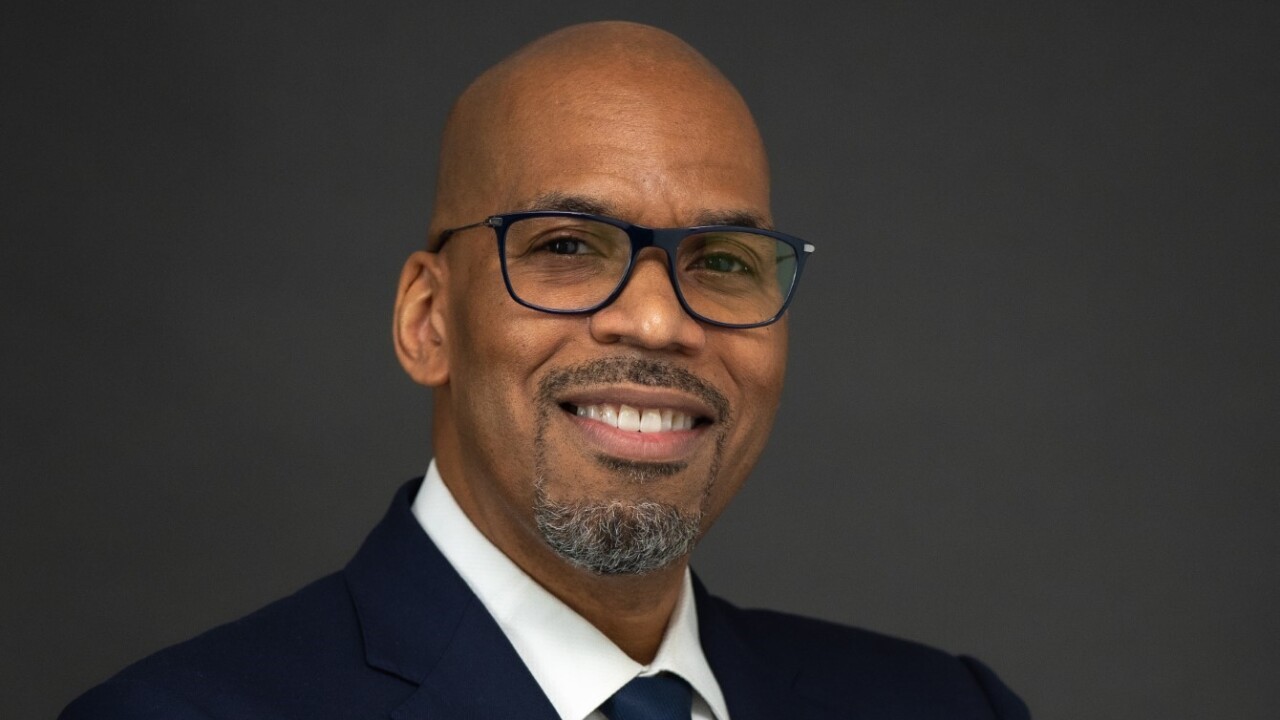During six decades as an observer, I have met and known a myriad of accountants - in public practice, as corporate executives, in government positions, as teachers, and in our national and state accounting organizations. To me, some are unforgettable and admirable. These are two of their stories.Dr. Emanuel Saxe
In September 1937, I registered for Accountancy 210 - cost accounting - at Baruch College. One had to be impressed when Professor Emanuel Saxe entered the room. He was big vertically and horizontally, with a large bald head. In a crease in his vest rested a sizable Phi Beta Kappa key. The class was scheduled for two o'clock on the 14th floor facing west. The rays of the sun reflected off the facets of his Phi Beta Kappa key into my eyes, and I was hypnotized, mesmerized and Saxenized.
It was not until October, when the sun was setting earlier in the day, that I could see the blackboard for the first time. I was seated in the last row, I was short, and suddenly Prof. Saxe fixed his stare on me. I knew I was in trouble, and I crouched behind the chair in front of me.
"Where did that little guy go?" Saxe wondered.
Baruch College was tough and had strict standards. Seniors majoring in accountancy were required to write a baccalaureate thesis on a topic approved by a thesis advisor. I had an evening job with RCA Communications, a subsidiary of Radio Corp. of America, and I requested permission to write my thesis on "Accounting and Commercial Aspects of a Radiotelegraph Company."
I had been dating Claire, a coed (later, she became Claire Mason), who typed my thesis on her Underwood typewriter. On the morning of commencement, Claire phoned me, "The New York Times just published the graduation awards and we won the thesis prize." I was curious as to who had selected my thesis. It was Prof. Saxe.
During 1946, The CPA Journal, published by the New York State Society of CPAs, announced an essay contest and I submitted Random Thoughts of a Young Accountant. I received a phone call from the editor of The CPA Journal - Emanuel Saxe.
"Your article will be published in the May 1946 edition of The CPA Journal; please meet me at my office," he said.
When Claire had typed the article it was black and white; the copy on Dr. Saxe's desk was now black and blue. "I made some changes," he said.
"Thank you, sir," I respectfully replied.
When I was appointed to the State Board for Public Accountancy by the New York State Board of Regents, Emanuel Saxe was already on the state board. When I was nominated for the presidency of the New York State Society of CPAs, Emanuel Saxe was on the nominating committee.
In November 1977, I was designated co-chairman of the Third Jerusalem Accounting Conference. I phoned Emanuel Saxe, and told him, "You must come to the meeting and sit at my right hand."
In his quixotic manner, he asked, "Why must I go with you?" I replied, "Because I'm losing my eyesight and because I would like you to deliver a paper on malpractice suits against accountants."
The meeting was attended by several thousand accountants from all parts of the world. The co-chairman was Lord
Hirshfield, the queen's personal accountant. On the opening morning, Lord Hirshfield was seated in the front row. I turned to my right and said, "Mannie, how do I address Lord Hirshfield?" Saxe replied, "You refer to him as 'M'Lord'." "Look Mannie," I said, "I'm not calling anyone 'M'Lord!'" Saxe replied, "Don't ask my advice, if you don't like my answers."
So I rapped the gavel and said, "M'Lord Hirshfield, ladies and gentlemen."
I have described my close relationship with Emanuel Saxe, but there were dozens of others who were also recipients of his largesse.
Philip Piaker, who came from a working-class family in New York, attended Baruch College, received a degree in accounting and took a job teaching English in the New York public schools to help support his family. Dr. Saxe learned of an opening to teach accountancy at the State University of New York at Binghamton. He phoned Piaker, who took the post. In time he became chairman of the accounting department and established a CPA firm, Piaker & Lyons.
One of Prof. Saxe's bright students was Michael Del Guidice, who graduated from Baruch with a 4.0 average. Saxe learned of an opening for a technical assistant with the New York State Assembly Ways & Means Committee and recommended Michael, who got the job. Del Guidice worked his way up the legislative ladder and at the pinnacle of his ascent, he became secretary to Gov. Mario Cuomo. After leaving government posts, Del Guidice became senior partner of Millennium Credit Markets LLC, an important brokerage firm.
Piaker, Del Guidice, myself and, of course, the brilliant Abraham J. Briloff, as well as scores of other Saxe students, were indebted to him for his sincerity, integrity and warmth.
He was our teacher, advisor and friend.
Thomas G. Higgins
I met Thomas Higgins when we were both members of the executive committee of the New York State Society of CPAs. At the time, he was managing partner of Arthur Young & Co., a Big Eight firm. He was diminutive, quiescent and possessed a pleasant wit. I always admired the Arthur Young firm from the time I learned that Arthur Young, who was born in Glasgow, Scotland, to an important mercantile family, wanted to study law and become a barrister. But he had a serious hearing defect and therefore could not perform in a courtroom, so he switched to accountancy, became a chartered accountant and emigrated to the U.S., where public accounting was flourishing.
Higgins was born in Omagh in Northern Ireland, and in his autobiography he described how a group of young boys would sit atop a hill overlooking the railroad tracks - the boys would count the numbers on the trains.
In his book, Higgins tells how the steamship, which brought him from Omagh to the U.S., docked in New York, where his brother, who was on the deck, tossed him an apple pie.
Higgins became president of the NYSSCPA, a member of the American Institute of CPAs Council and an influential player in the profession. He was respected and admired for his self-effacing manner. Unfortunately, in his later years he contracted an incurable case of cancer. One day, I met Ralph Kent, who succeeded Higgins as managing partner at Arthur Young, and I asked, "How is Tommy doing?"
He replied, "Dying."
Part 2, covering Harry Mancher and Jim Callahan, will appear in our next issue.
Eli Mason, CPA, is a past president of the New York State Society of CPAs, a past chairman of the New York State Board for Public Accountancy and a past vice president of the American Institute of CPAs.





